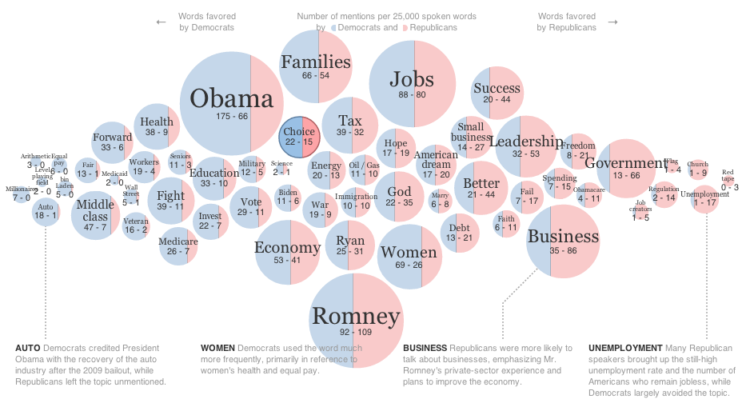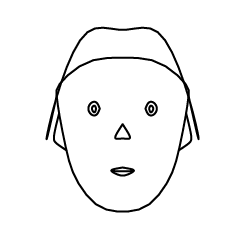Nate Silver says the weatherman is not a moron.
Still, most people take their forecasts for granted. Like a baseball umpire, a weather forecaster rarely gets credit for getting the call right. Last summer, meteorologists at the National Hurricane Center were tipped off to something serious when nearly all their computer models indicated that a fierce storm was going to be climbing the Northeast Corridor. The eerily similar results between models helped the center amplify its warning for Hurricane Irene well before it touched down on the Atlantic shore, prompting thousands to evacuate their homes. To many, particularly in New York, Irene was viewed as a media-manufactured nonevent, but that was largely because the Hurricane Center nailed its forecast. Six years earlier, the National Weather Service also made a nearly perfect forecast of Hurricane Katrina, anticipating its exact landfall almost 60 hours in advance. If public officials hadn’t bungled the evacuation of New Orleans, the death toll might have been remarkably low.
I like the bit later in the article that describes the number crunching machine and how humans are involved in the analysis. The National Weather Service has heavy-duty computing power to process data coming from weather stations across the country, but the computer is still bad at doing a lot of things.
To most people, statistics means plugging numbers into an advanced calculator that spits out values, without much thought involved. Those people don’t work with data.





 Visualize This: The FlowingData Guide to Design, Visualization, and Statistics (2nd Edition)
Visualize This: The FlowingData Guide to Design, Visualization, and Statistics (2nd Edition)










